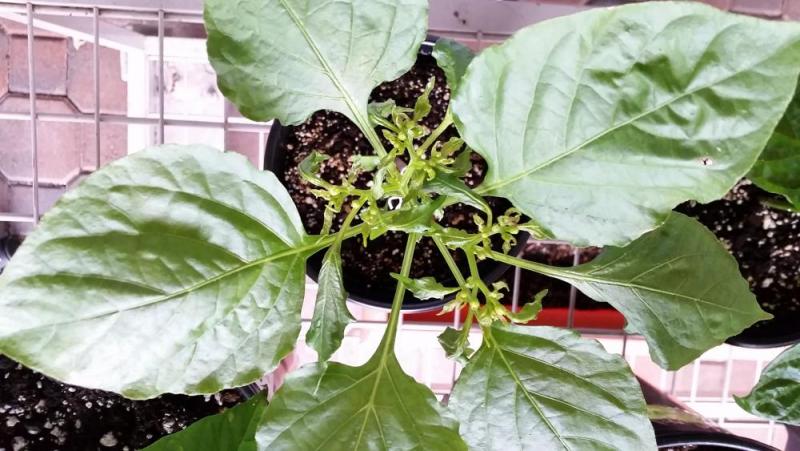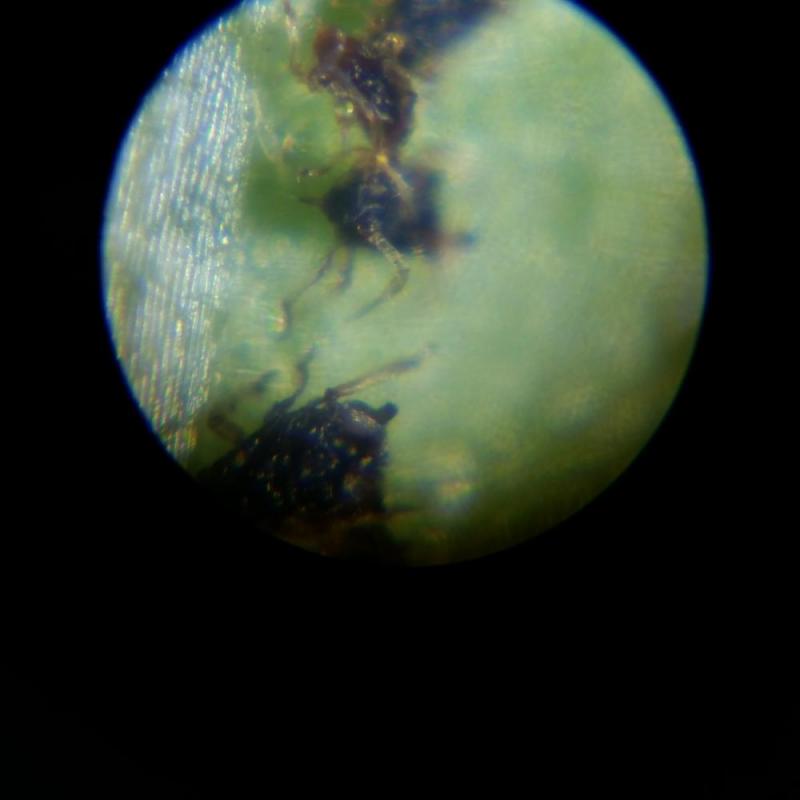I've been having some problems with new leaf damage and deformation. From what I can find I may have broad mites. It started on a few plants and has moved to others as well. I've been treating for a week with neem oil and topped the damage off. These are some pics of some remaining damage before I cut it off today


Today I looked at a damaged leaf under my microscope but cant seem to find anything


If anyone can verify what's going on here I would appreciate it. It's late in the season and hate to top my peppers anymore if I don't need to. I already had to butcher one of my dragons breath plants

Today I looked at a damaged leaf under my microscope but cant seem to find anything
If anyone can verify what's going on here I would appreciate it. It's late in the season and hate to top my peppers anymore if I don't need to. I already had to butcher one of my dragons breath plants



